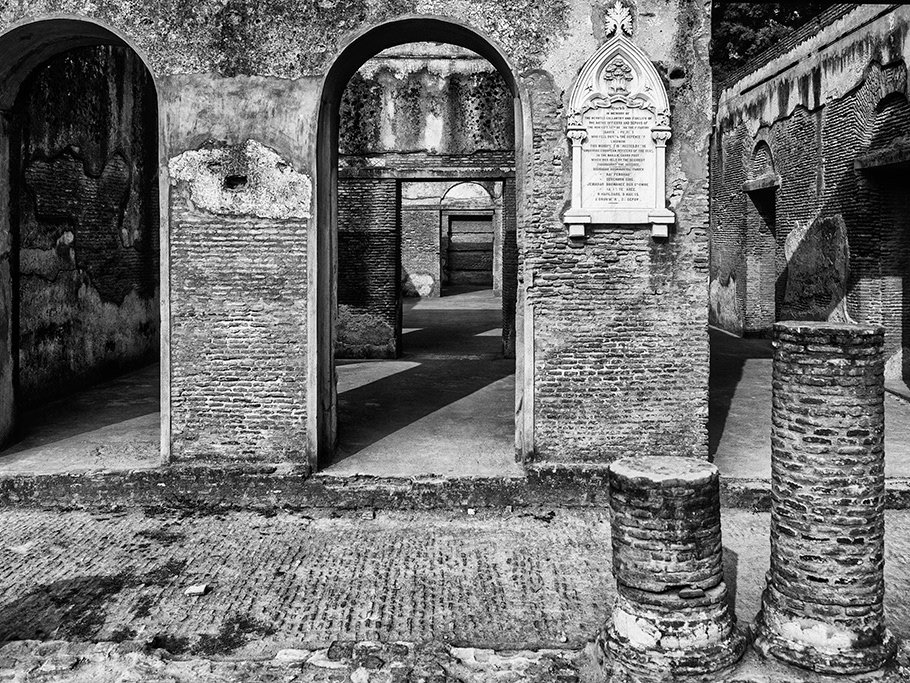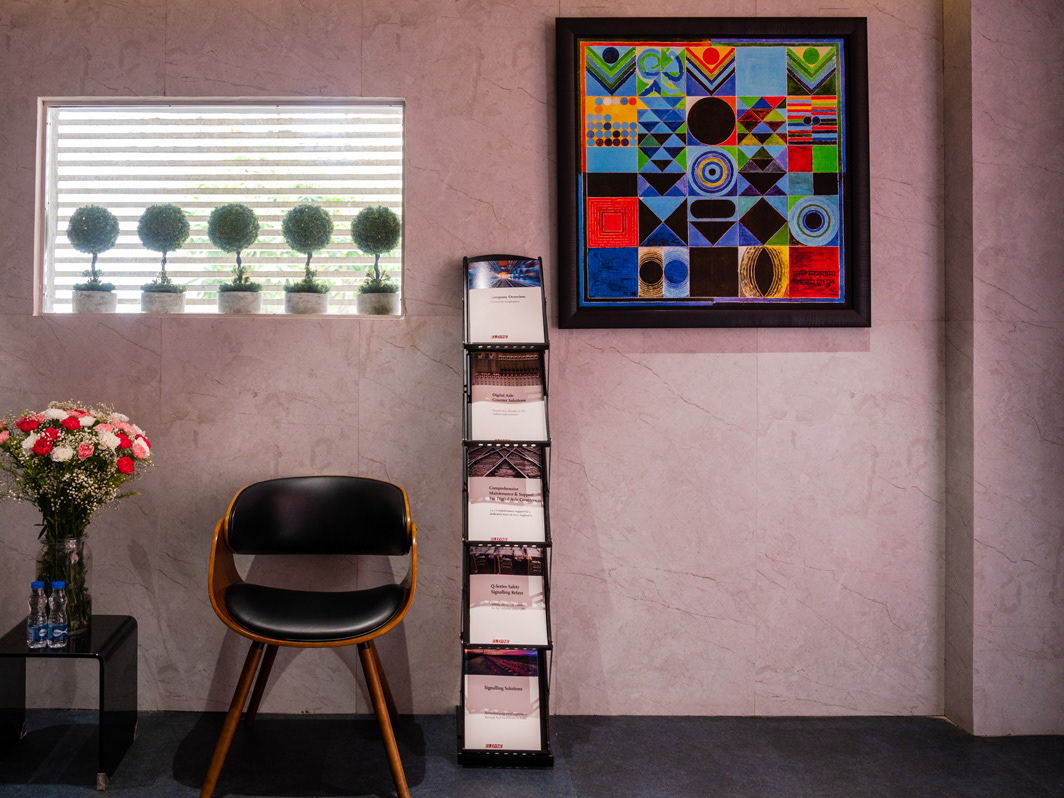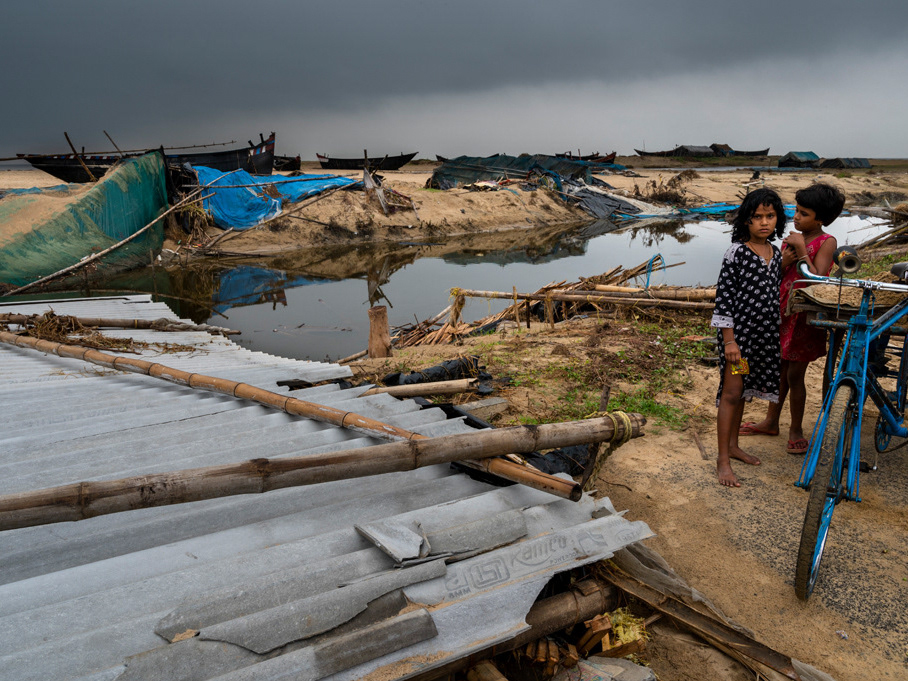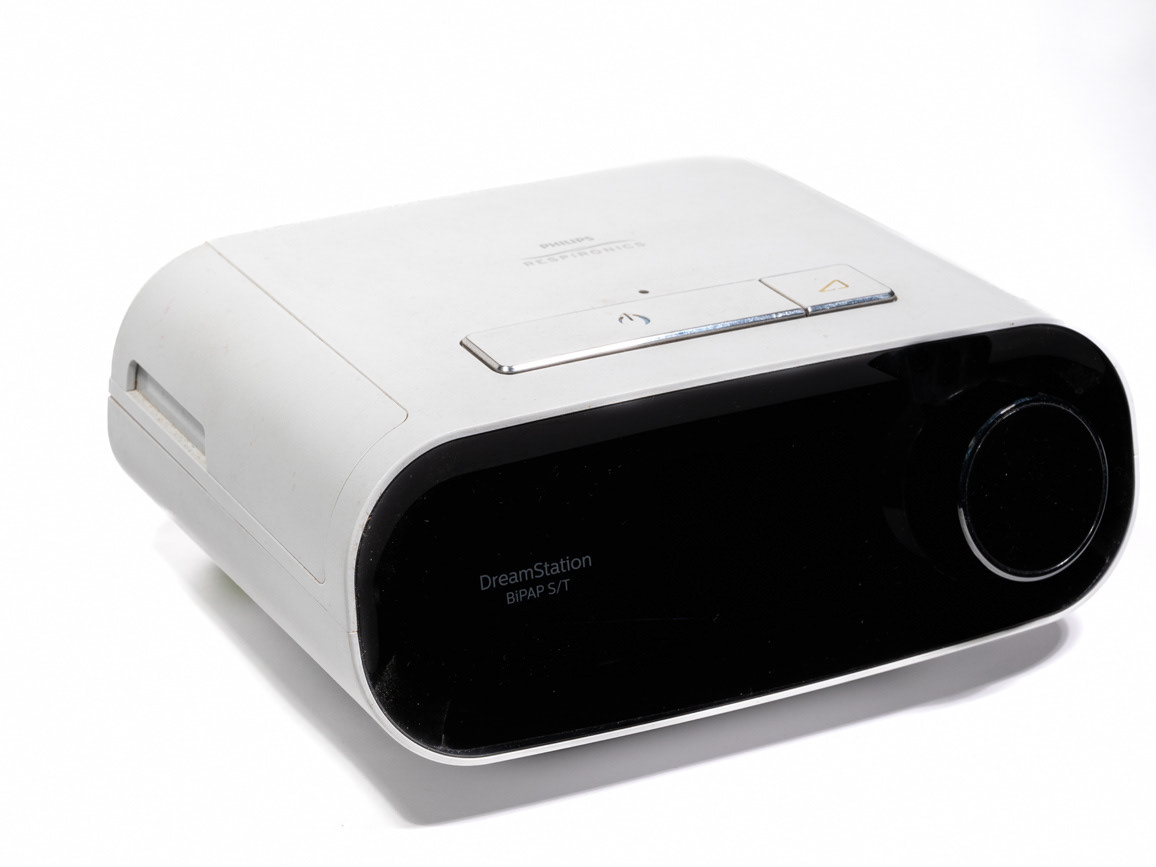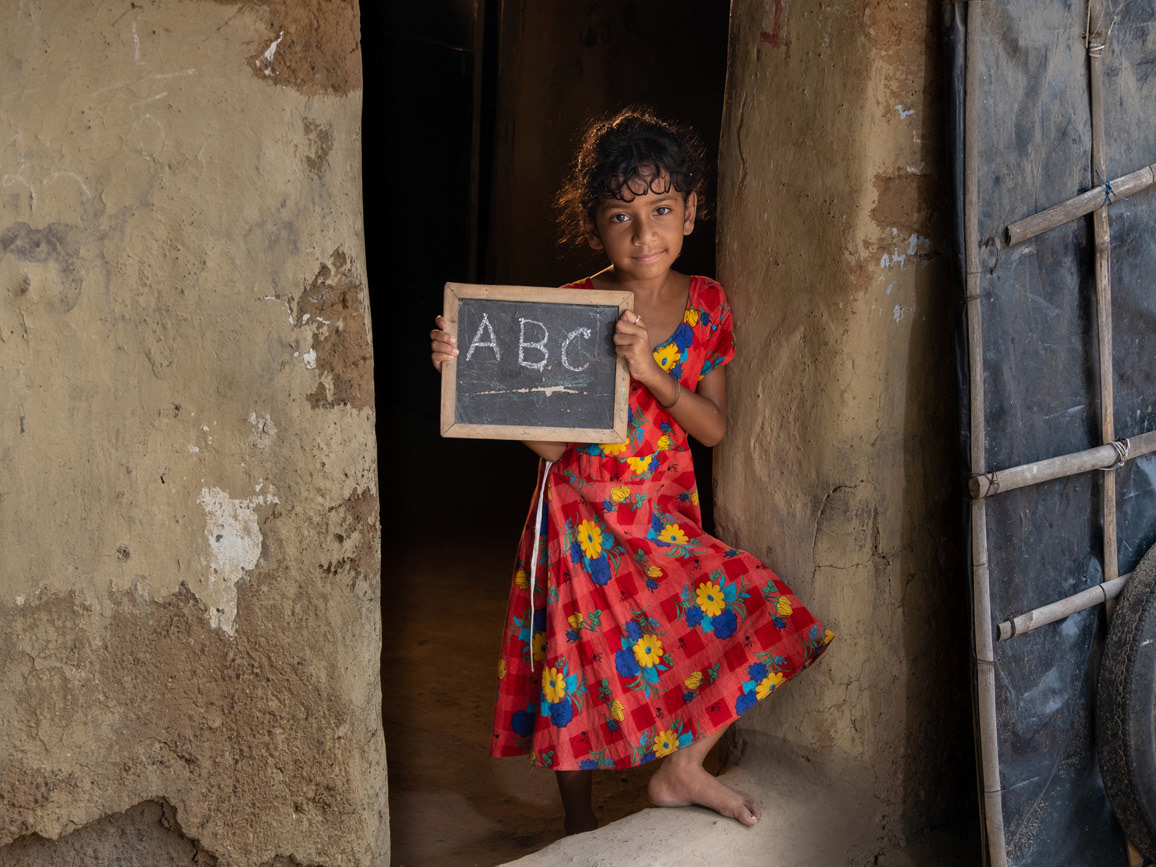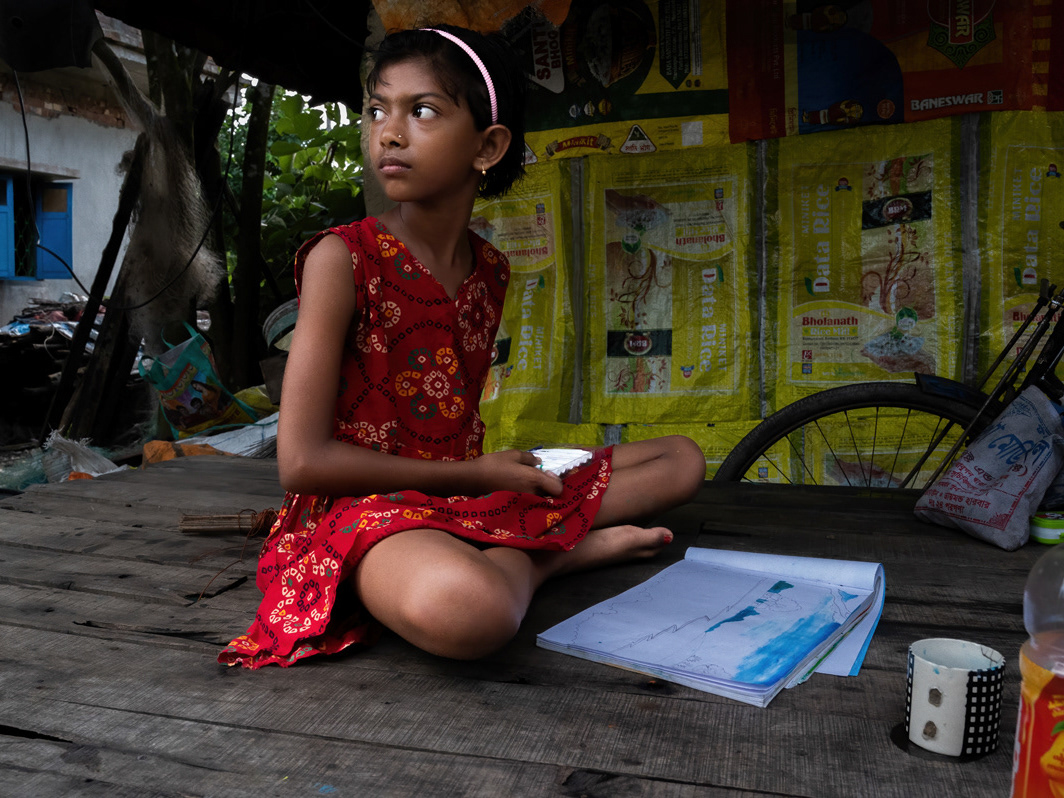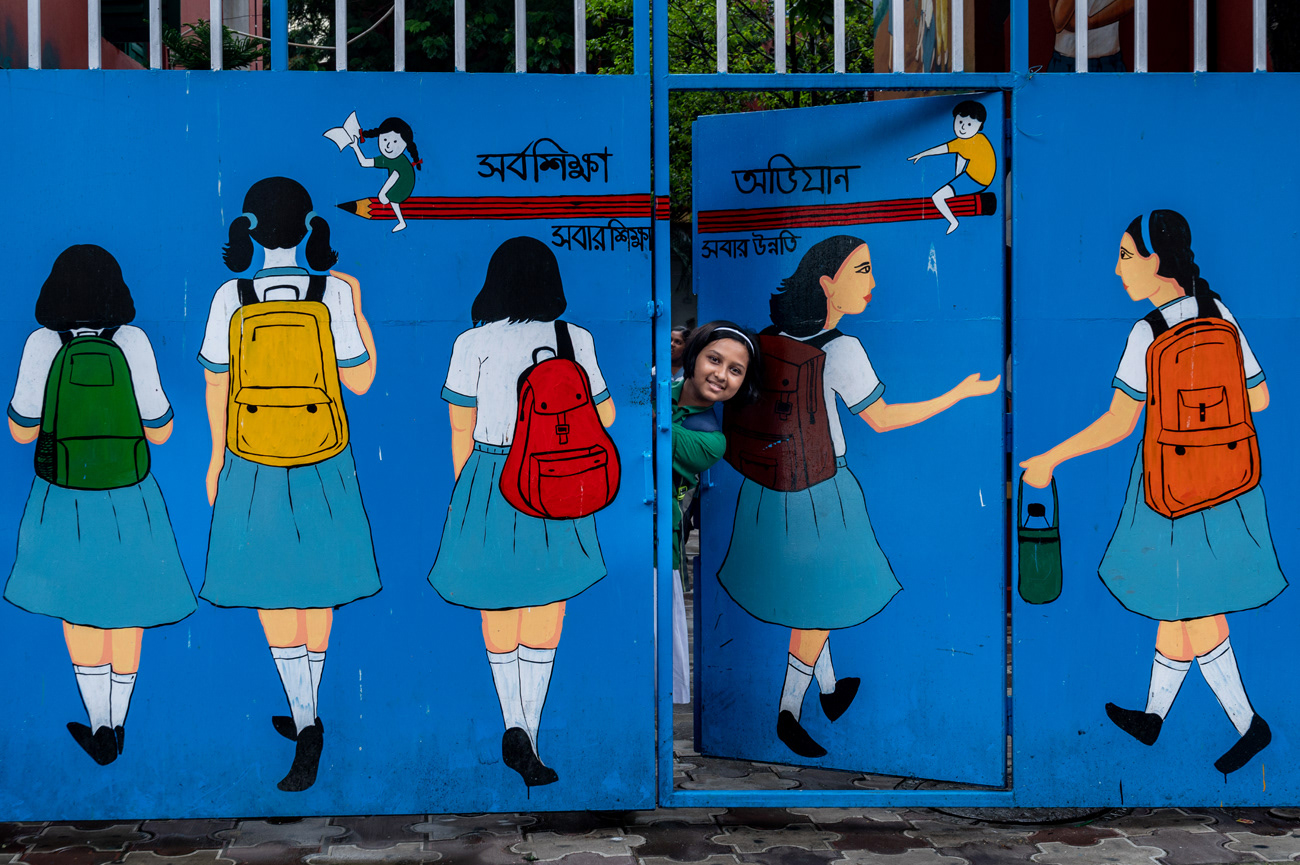

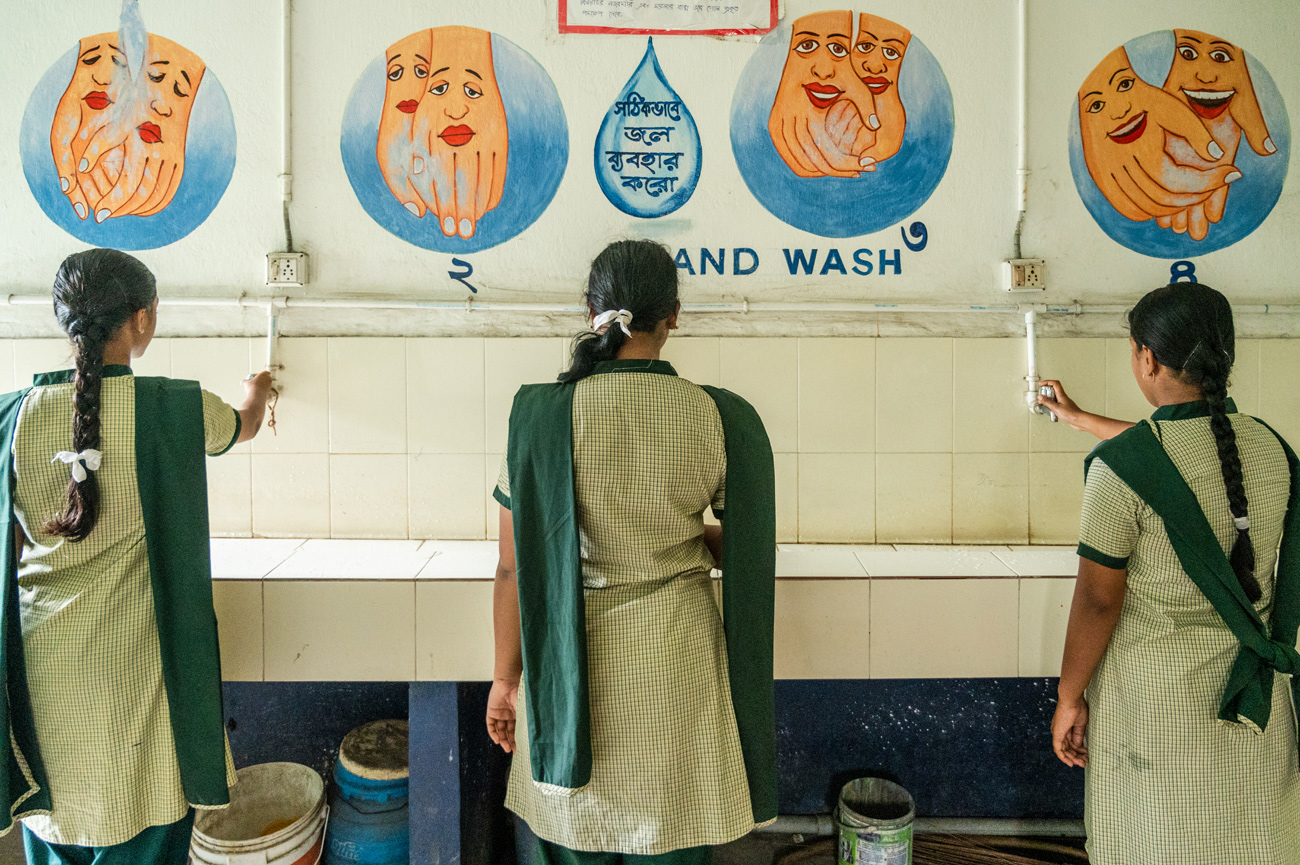
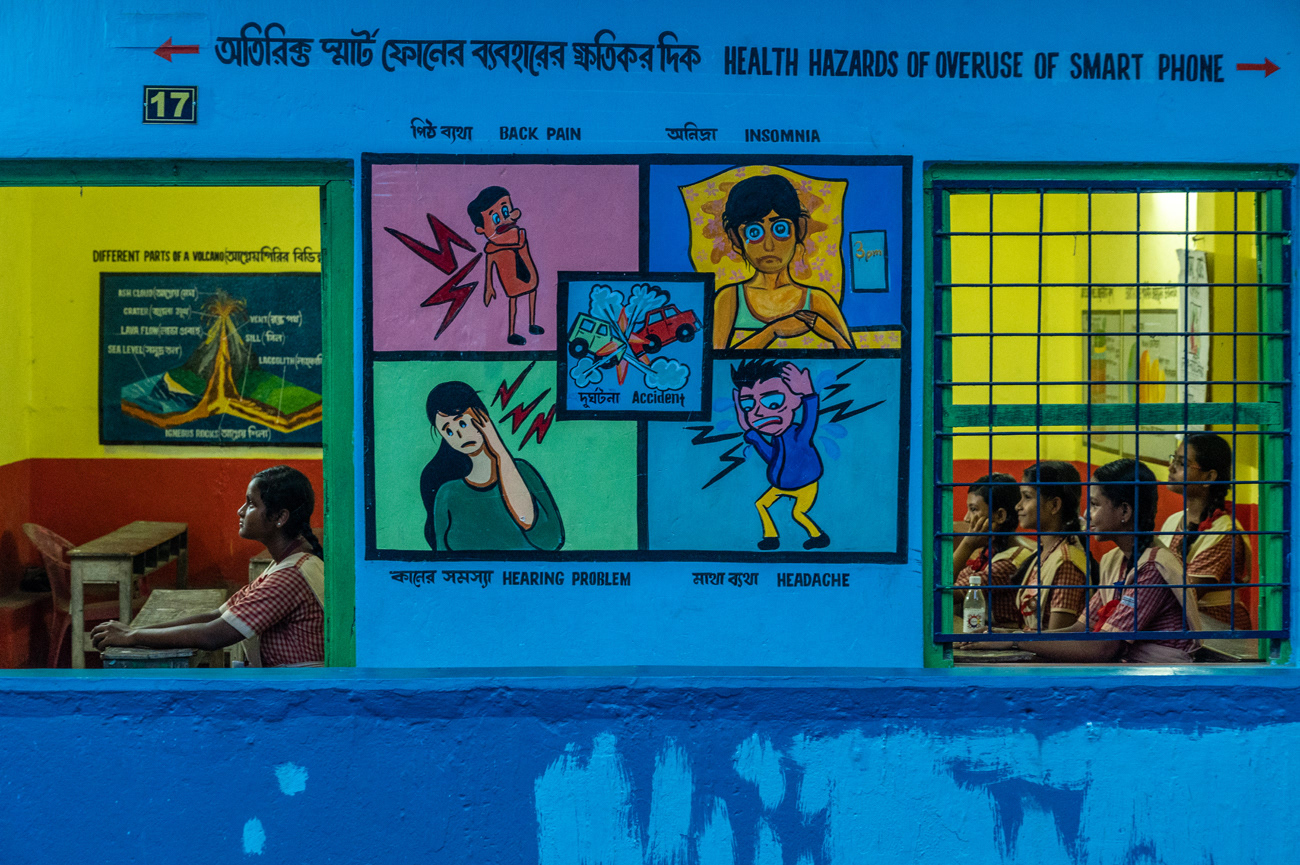
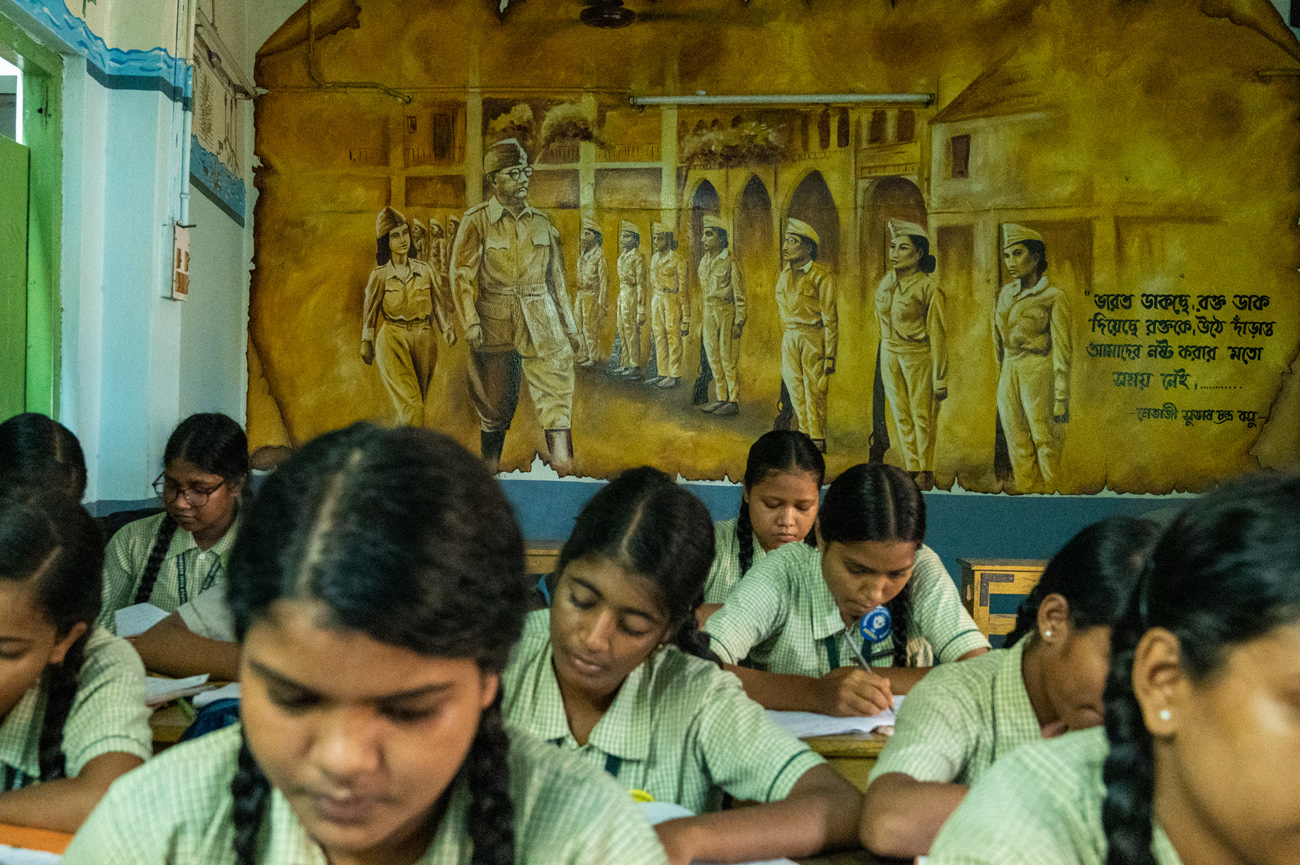
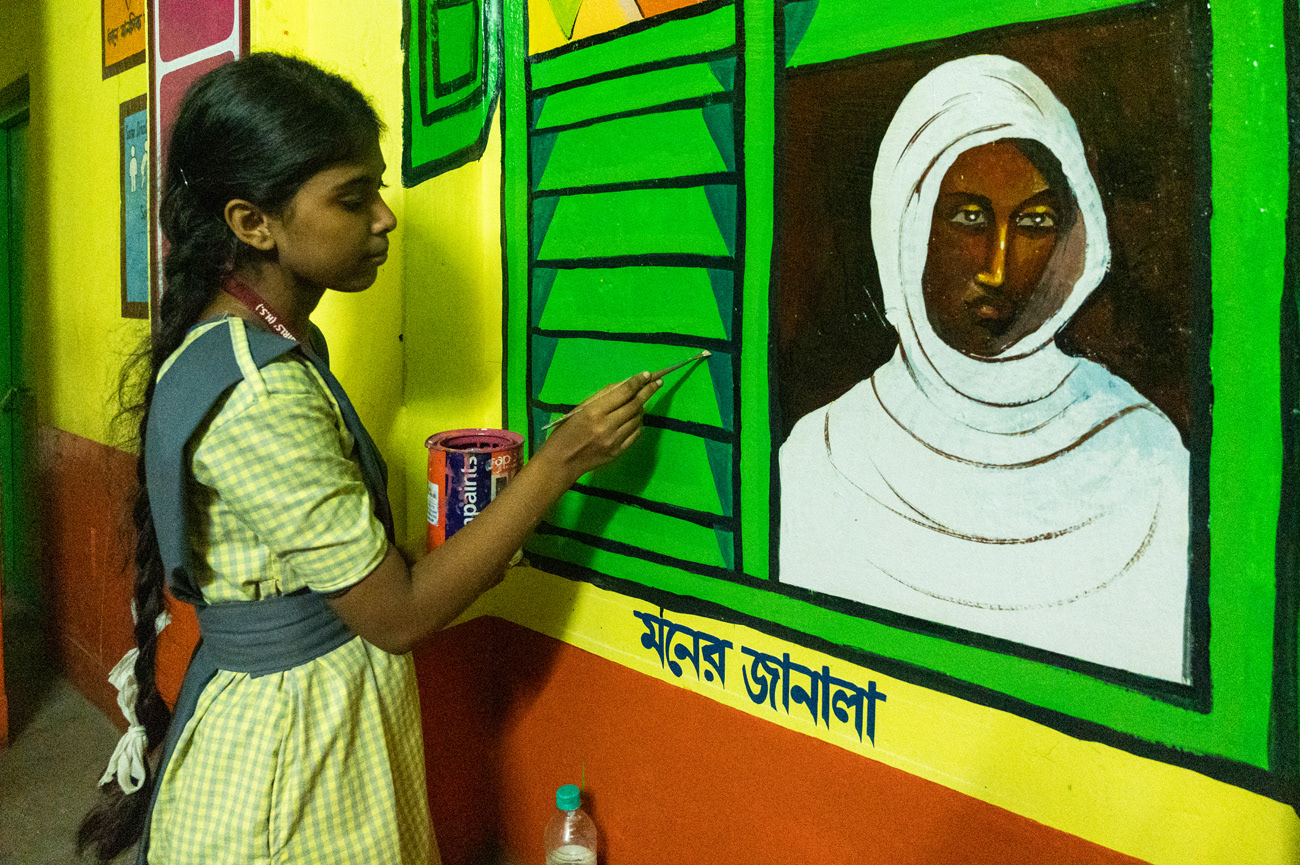
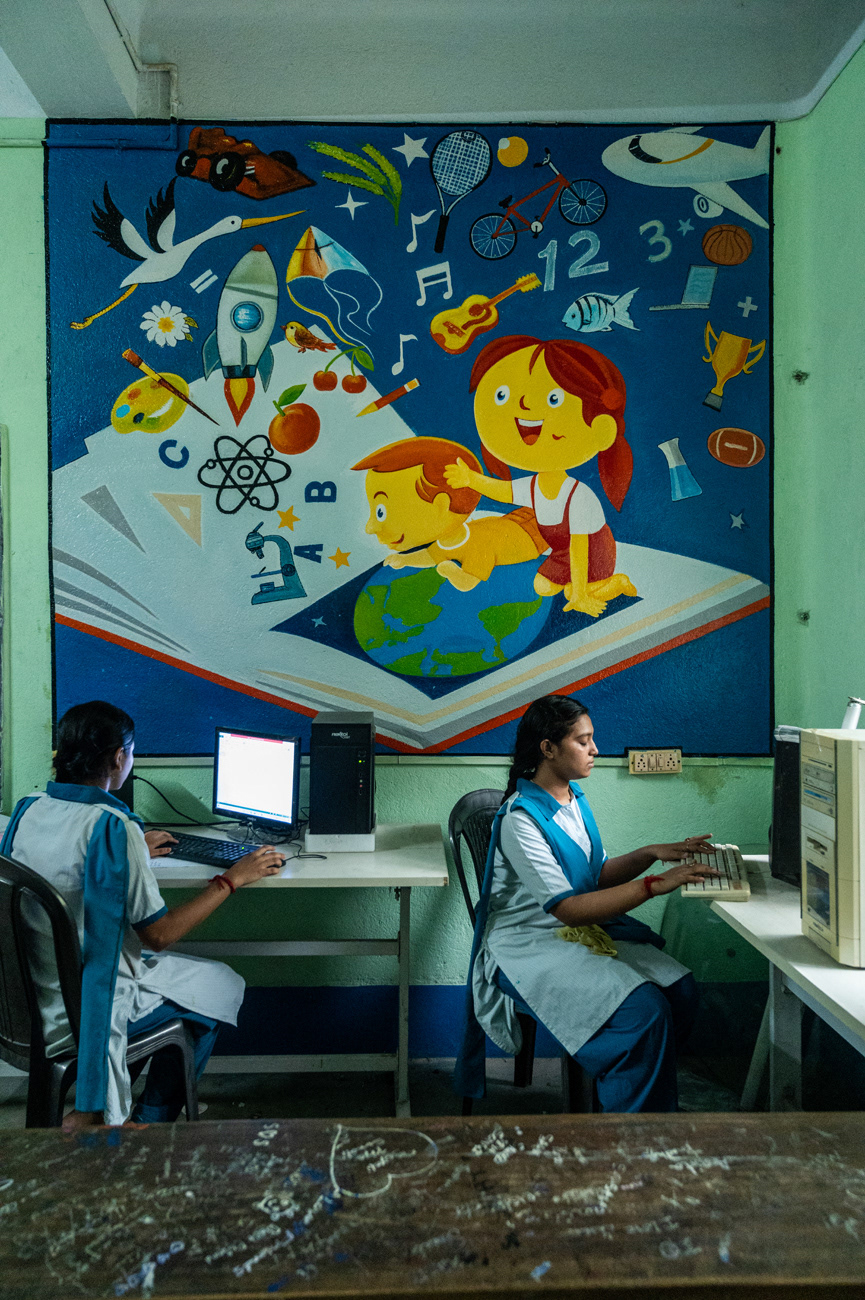
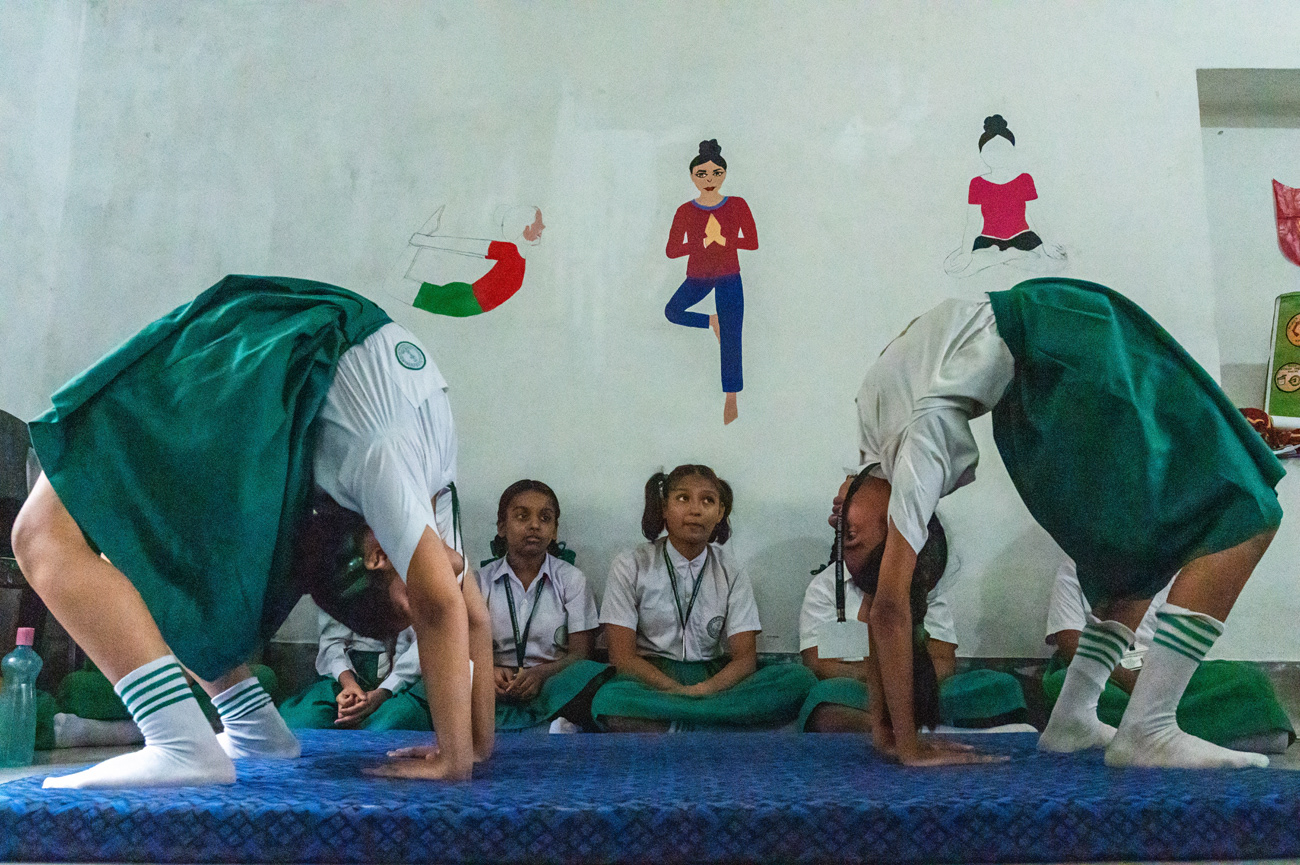
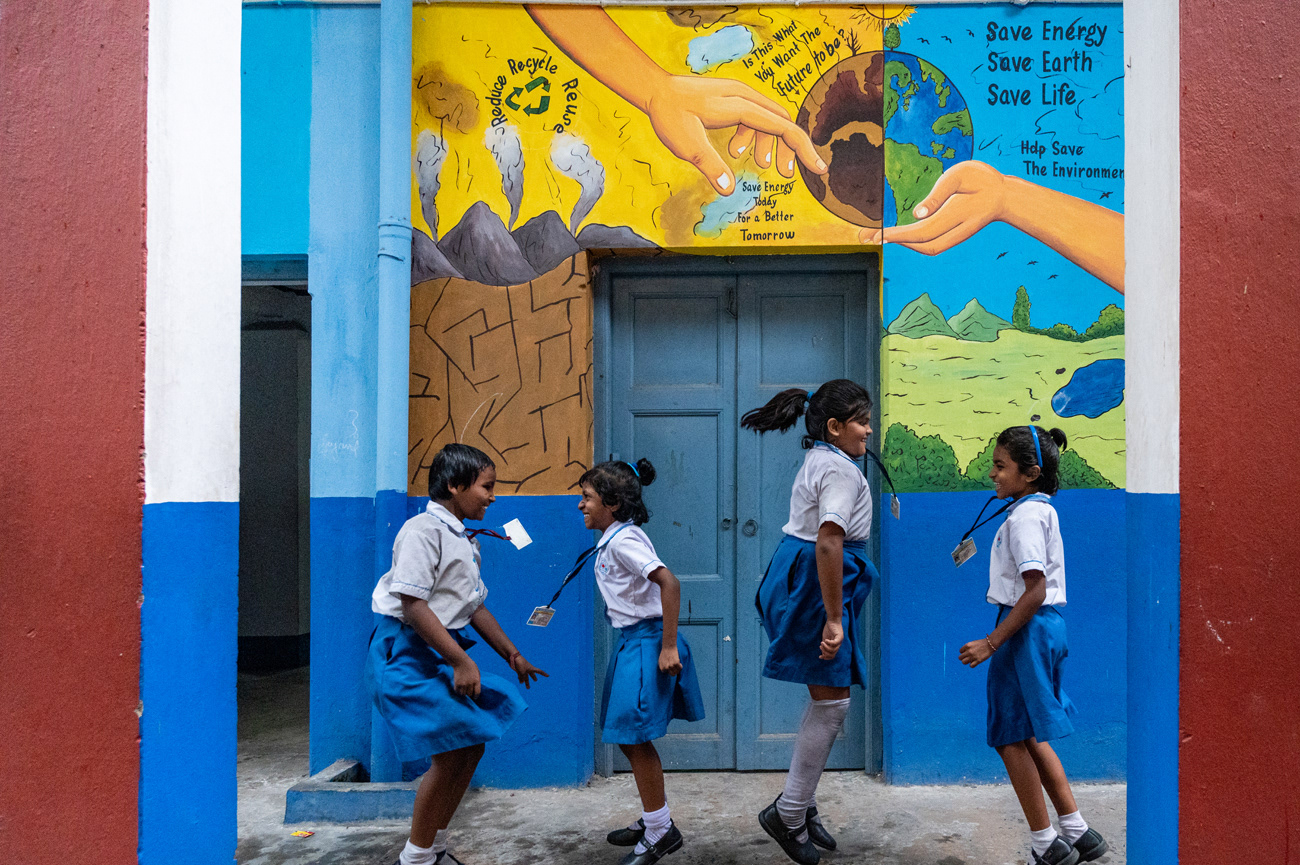
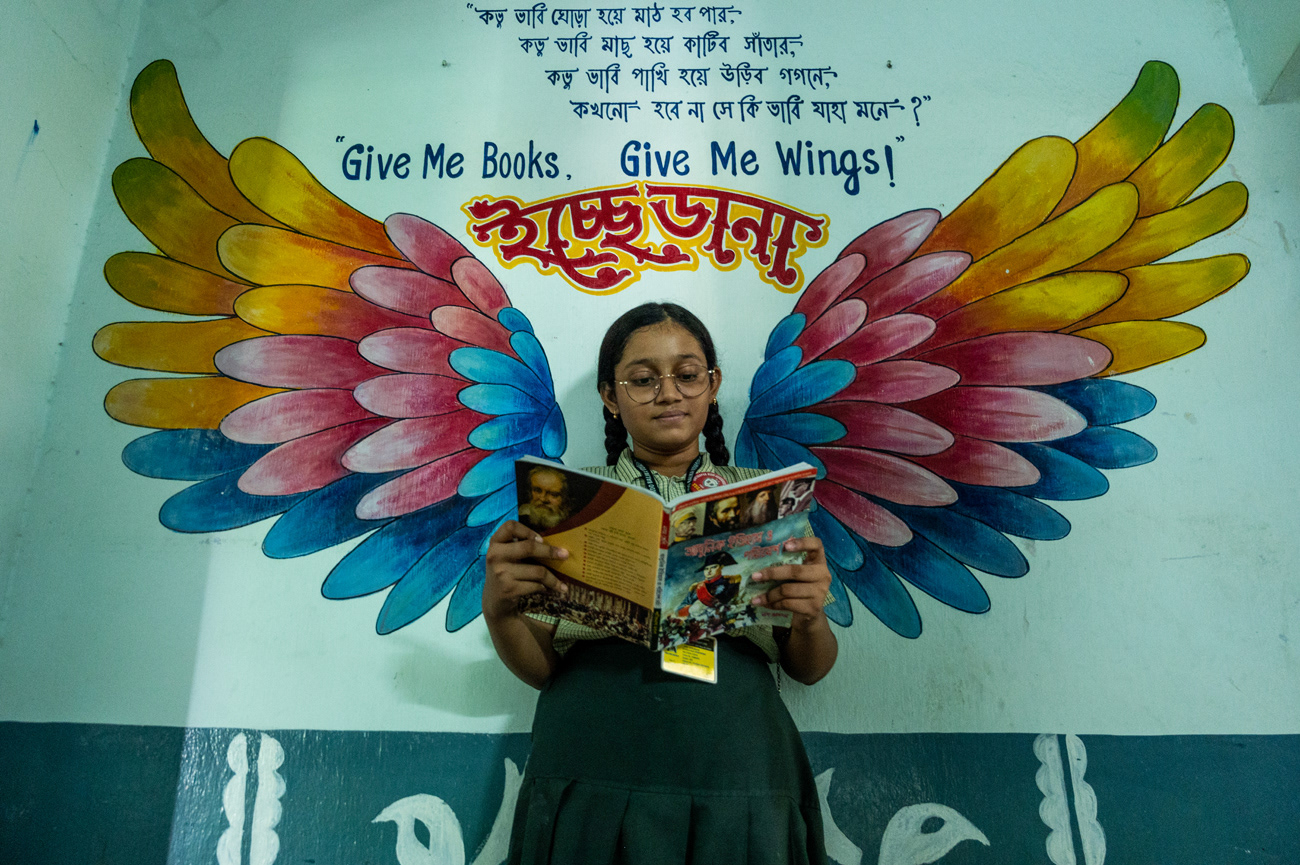
The Building as Learning Aid (BaLA) project is an innovative educational initiative that integrates the school’s physical environment into the learning process. The concept uses the physical elements of the school building and campus—walls, floors, pillars, staircases, etc.—to create engaging learning experiences for students. This project has been implemented in various states across India, including West Bengal.
Key Objectives of BaLA:
Use of Physical Space for Learning: The idea is to design school infrastructure in a way that it supports and enhances the learning process. For example, walls can have mathematical shapes, science diagrams, or historical timelines, turning them into educational tools.
Holistic Development: BaLA aims to foster not just academic learning but also the cognitive, physical, and social development of children by making learning spaces more interactive and stimulating.
Cost-Effective Solutions: The project leverages existing school structures, modifying them at a relatively low cost to serve educational purposes, without requiring significant investments.
Context-Specific Learning: The designs and learning tools are often based on the local context and curriculum, allowing students to relate more closely to their surroundings and culture.
BaLA in West Bengal
In West Bengal, the Sarva Shiksha Abhiyan (SSA), a national program aimed at universalizing elementary education, has taken a leading role in implementing BaLA in primary schools. The state has adopted the BaLA methodology to enhance the learning environment in rural and urban schools alike. The objective is to improve student engagement, increase attendance, and enhance the overall learning experience, particularly in government schools.
By integrating learning aids into the very infrastructure of the school, BaLA transforms everyday school experiences into meaningful educational opportunities.
